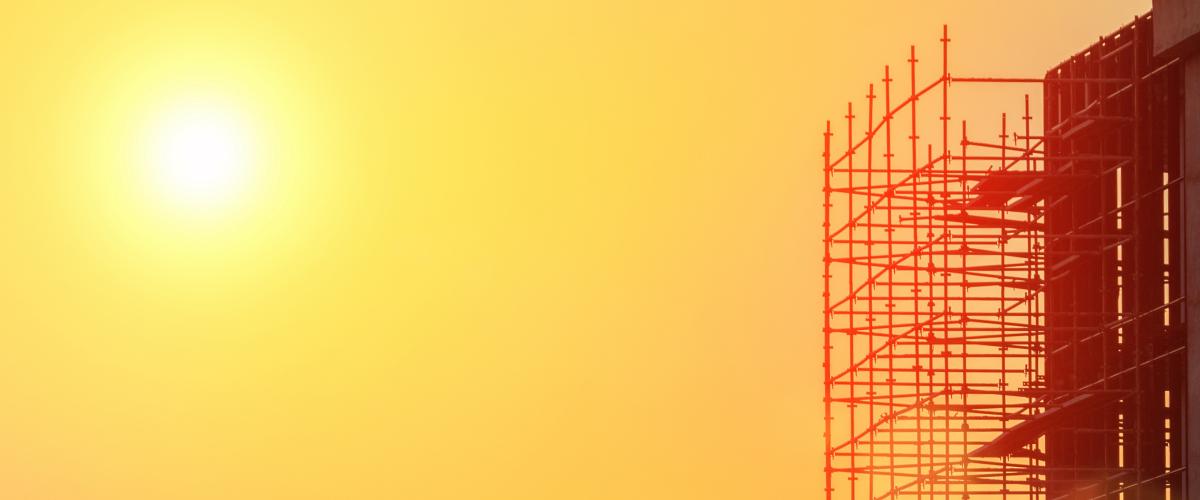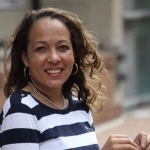
Blogs
Despite the growing recognition that cultural heritage is fundamental to urban resilience, much more needs to be done to put it front and center in the disaster risk management agenda.
In advance of the Global Disability Summit, here are five actions that development institutions, governments, and other key stakeholders can take to ensure that persons with disabilities are not left behind in the aftermath of a disaster.
In an effort to adapt the country’s development strategy to climate and disaster risk, the government of Fiji has pioneered a first-of-its-kind climate vulnerability assessment.
Determined to build back better and become the world’s first climate-resilient nation, the Government of Dominica, in partnership with the World Bank, has set in motion a resilient recovery plan.
As demonstrated in Saint Lucia, hydromet stations need proper and regular maintenance to function – as a matter of safety and cost-effectiveness.
Leveraging the power of stories and narratives can help communities better understand volcanic risk.
When it comes to leveraging cultural heritage for fire preparedness, there’s a lot Bhutan can learn from Japan’s experience.
In this video blog, GFDRR Lead Economist Stephane Hallegatte discusses the report "Building Back Better" and how communities and countries can strengthen their resilience to natural shocks through a better reconstruction process.
A household survey conducted in Accra, Ghana asked people about their experience of the 2015 floods to gain a better understanding of how floods affect poor households and the coping mechanisms they use to deal with floods. This information can be used to better target post-disaster support and design policies to strengthen vulnerable populations.

 Barbara Minguez Garcia
Barbara Minguez Garcia
 Lorenzo Piccio
Lorenzo Piccio
 Margaret Arnold
Margaret Arnold
 Charlotte McClain-Nhlapo
Charlotte McClain-Nhlapo
 Deepti Samant Raja
Deepti Samant Raja
 Naraya Carrasco
Naraya Carrasco
 Keren Charles
Keren Charles
 Lorenzo Piccio
Lorenzo Piccio
 Melanie Kappes
Melanie Kappes
 Lorenzo Piccio
Lorenzo Piccio
 Thomas Lennartz
Thomas Lennartz
 Joe Leitmann
Joe Leitmann
 Alanna Simpson
Alanna Simpson
 James Newman
James Newman
 Dechen Tshering
Dechen Tshering
 Sameh Wahba
Sameh Wahba
 Stephane Hallegatte
Stephane Hallegatte
 Alvina Erman
Alvina Erman